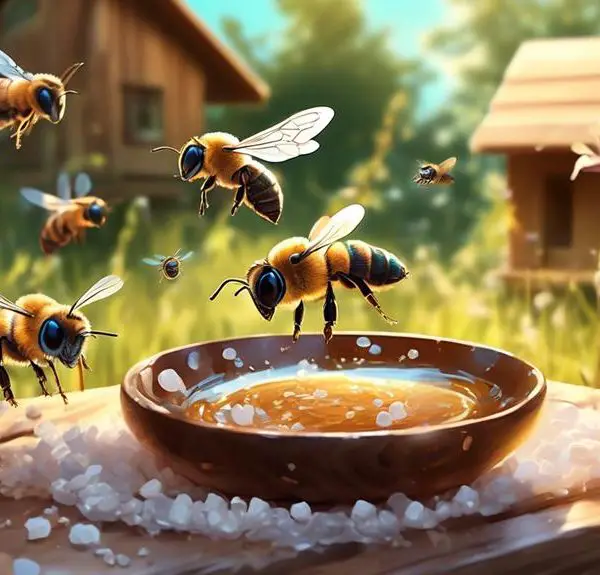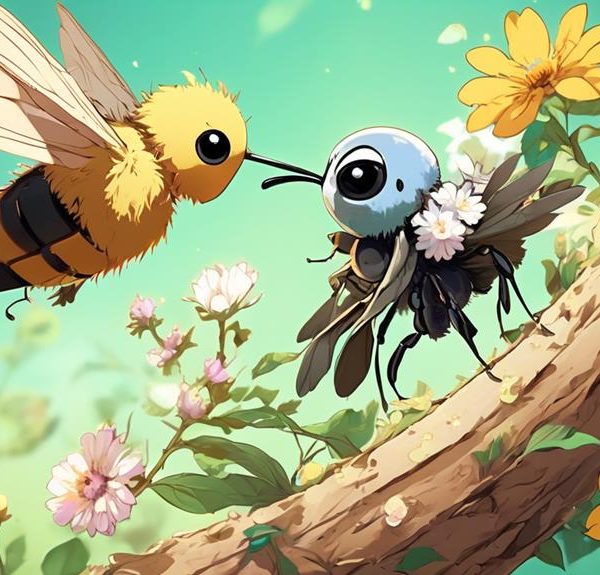Uncover the fascinating relationship between bats and Mason Bees in the nocturnal world's intriguing food chain dynamics.
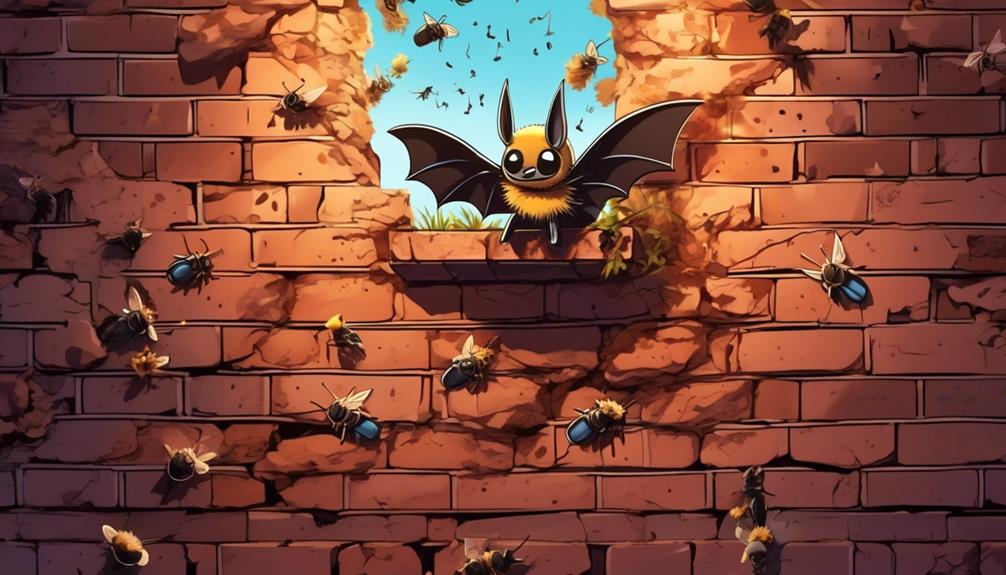
Do Bats Eat Mason Bees?
You've probably heard the phrase, 'as blind as a bat,' but when it comes to their diet, bats have a keen sense for hunting their prey.
Among the vast array of insects bats consume, you might wonder if the unsuspecting Mason Bees fall into their menu.
Now, you're standing on the edge of a fascinating exploration into the nocturnal world of bats and the day-to-day life of Mason Bees.
Are these bees just another meal for bats or do they manage to evade these nightly predators?
Hold onto that curiosity as we dive deep into this intriguing ecological question.
Key Takeaways
- Bats have diverse diets, and while some species may eat small vertebrates like birds and lizards, mason bees are not a specific focus for bats.
- Bats and mason bees have different activity periods, with bats being nocturnal and mason bees being diurnal, which contributes to their coexistence.
- Mason bees are less appealing as prey to bats due to their unique lifestyle of nesting in tiny holes and being diurnal, while bats primarily consume insects active at night.
- Predation by bats on mason bees can have direct and indirect effects on the ecosystem, including a decrease in mason bee population, reduced pollination, increased competitive insects, and potential impacts on plant diversity and disease spread.
Understanding Bat's Dietary Habits
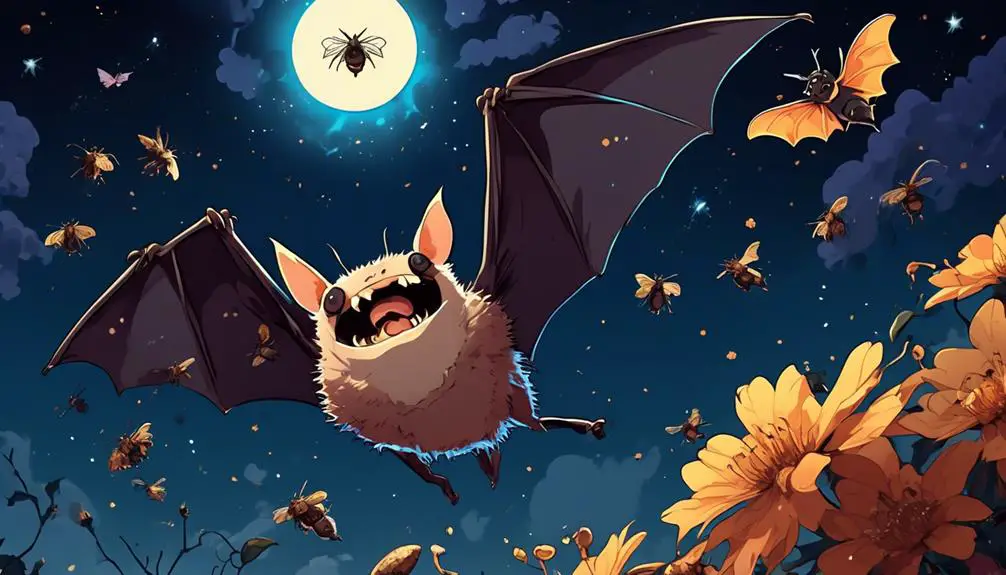
To fully grasp the dietary habits of bats, it's critical to first understand that not all bats are the same; their diets can greatly differ depending on their species, location, and available food sources. There are over 1,300 species of bats worldwide, and each has its own unique dietary preferences. Some are frugivores, consuming mainly fruit, while others are insectivores, preferring insects as their primary food source.
Take for instance, the little brown bat, native to North America. This species is an insectivore and its diet consists mainly of small flying insects like mosquitoes, beetles, and moths. On the other hand, fruit bats or 'flying foxes' in Southeast Asia and Australia, are frugivores and obtain their nutrients from fruits, nectar, and pollen.
You'll also find carnivorous bats, such as the spectral bat, which feeds on small vertebrates including birds, frogs, and lizards. Interestingly, there's also the vampire bat, which sustains itself on the blood of other animals.
To sum it up, bats aren't all insect-eating creatures of the night. They've diverse diets that are dictated by their species, geographical location, and the availability of food.
The Life Cycle of Mason Bees
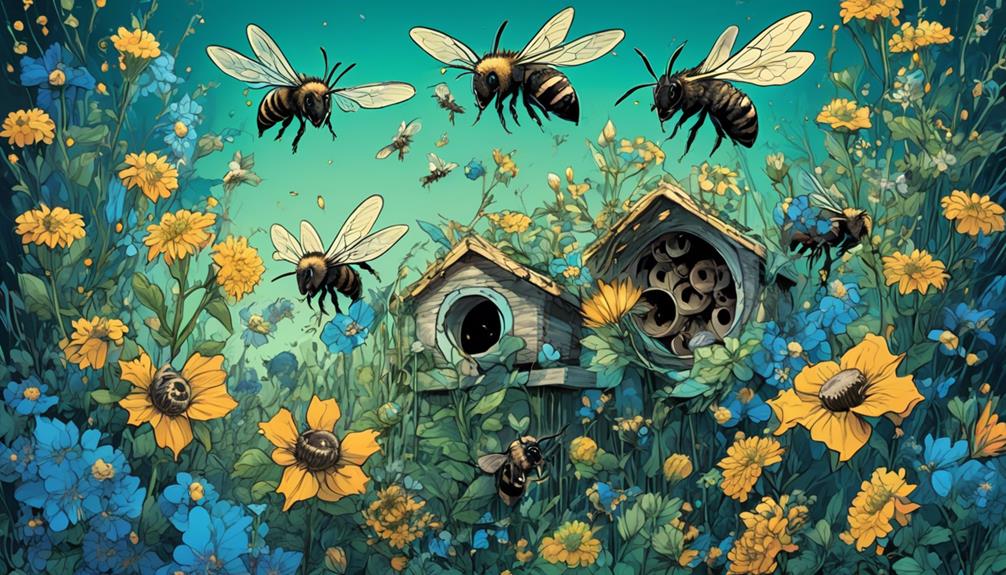
Diving into the world of mason bees, their life cycle is a fascinating journey that begins when the female lays her eggs in the spring inside pre-existing holes in wood, where she also leaves a nutritious pollen-nectar mix for the emerging larvae. This provisioning is crucial as it provides sustenance for the larvae once they hatch.
Over the next few weeks, the larvae munch away at the stored food, growing rapidly. They'll spin a cocoon around themselves when they're large enough, marking the start of the pupal stage. Here, they'll undergo a remarkable transformation, metamorphosing into fully-formed adult bees.
You'll notice this stage occurs within the safety of the cocoon, which is why you don't often see immature mason bees.
Bats and Mason Bees: Predation or Coexistence?
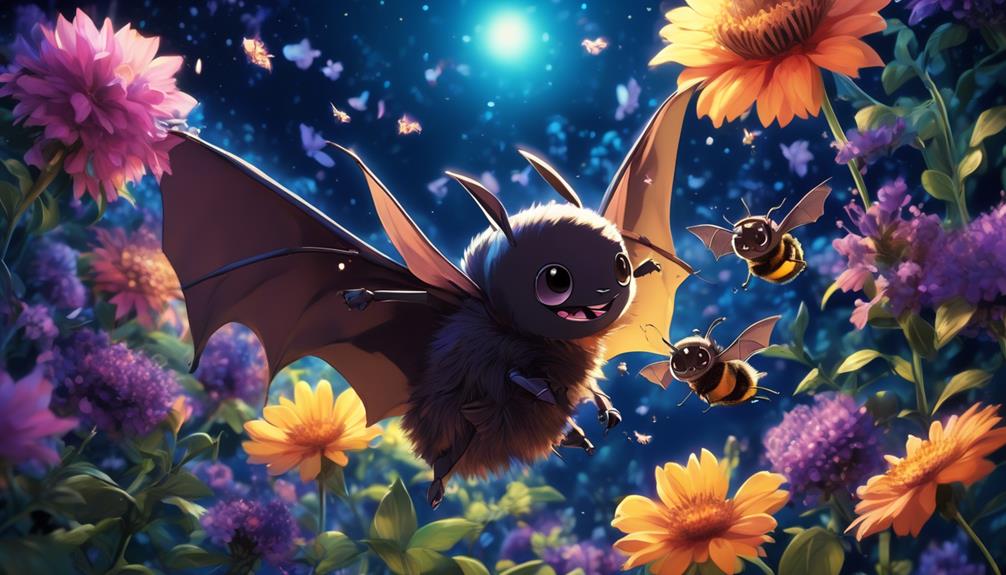
In the intricate web of the ecosystem, you might wonder if bats, known for their voracious insectivorous diets, pose a threat to the survival of mason bees. Let's delve deeper into this subject.
To get a clearer picture, consider the table below:
Species | Diet | Activity period |
|---|---|---|
Bat | Insects, fruits, nectar | Night |
Mason bee | Nectar, pollen | Day |
As you can see, bats and mason bees have different activity periods. Bats are nocturnal, active at night, while mason bees are diurnal, buzzing about during the day. This temporal separation is a crucial factor in their coexistence.
Moreover, bats' diets are varied and not specifically bee-focused. They're opportunistic feeders, and while they do consume insects, they're more likely to feast on those that are abundant and easy to catch, like mosquitoes.
Therefore, it's less probable for bats to pose a significant threat to mason bees. Their coexistence is more of a result of the ecosystem's dynamic balance, rather than a predatory relationship. Remember, nature's interconnections are complex and fascinating, and each species plays a vital role in maintaining this equilibrium.
Mason Bees: An Attractive Prey?

Despite the relatively peaceful coexistence between bats and mason bees, you might wonder if these pollinators present an irresistible delicacy to the winged mammals. On the surface, mason bees, with their small size and seemingly defenseless nature, may appear to be an easy target. However, it's not that simple.
Mason bees have a unique lifestyle that makes them less appealing as prey for bats. Unlike honey bees that live in large colonies, mason bees are solitary creatures. They nest in tiny holes in wood or in the ground, which makes them difficult for bats to locate and capture.
Additionally, mason bees are diurnal, meaning they're most active during the day. Bats, on the other hand, are nocturnal and hunt at dusk when mason bees are safely tucked away in their nests.
Furthermore, bats' diet primarily consists of insects that are active at night, such as moths and beetles. The energy expenditure required for hunting mason bees, who are tucked away and inactive during bats' peak hunting times, doesn't equate to the nutritional payoff. Hence, mason bees don't typically feature prominently on a bat's menu.
Impact on Ecosystem: Predation Effects

While bats may not be the main predators of mason bees, it's essential to consider the wider implications of predation on the ecosystem's balance. Each species plays a unique role, and changes can ripple through the food web, leading to unforeseen consequences.
Predation has both direct and indirect effects. Let's consider bats and mason bees. Direct effects might include a decrease in the mason bee population if bats were to prey heavily on them. Indirect effects could range from a reduction in pollination due to fewer mason bees, to an increase in insects that the mason bees would typically outcompete for resources.
To illustrate, consider the following table:
Direct Effects | Indirect Effects |
|---|---|
Decrease in mason bee population | Reduction in pollination |
Increase in bats' food resources | Increase in competitive insects |
Potential spread of diseases | Changes in plant diversity |
Understanding these interactions helps us to appreciate the intricate balance that exists within ecosystems. It's not just about whether bats eat mason bees, but how such predation could potentially reshape the environment. This is the true impact of predation on the ecosystem.
Conclusion
In conclusion, you'll find that bats don't typically feast on mason bees. Their dietary habits lean more towards insects that are active at night, unlike mason bees who are diurnal. Thus, these two species generally coexist peacefully.
However, should predation occur, it could disrupt local ecosystems. So, it's crucial to continuously monitor and study these interactions to ensure the balance of our environment is maintained.

